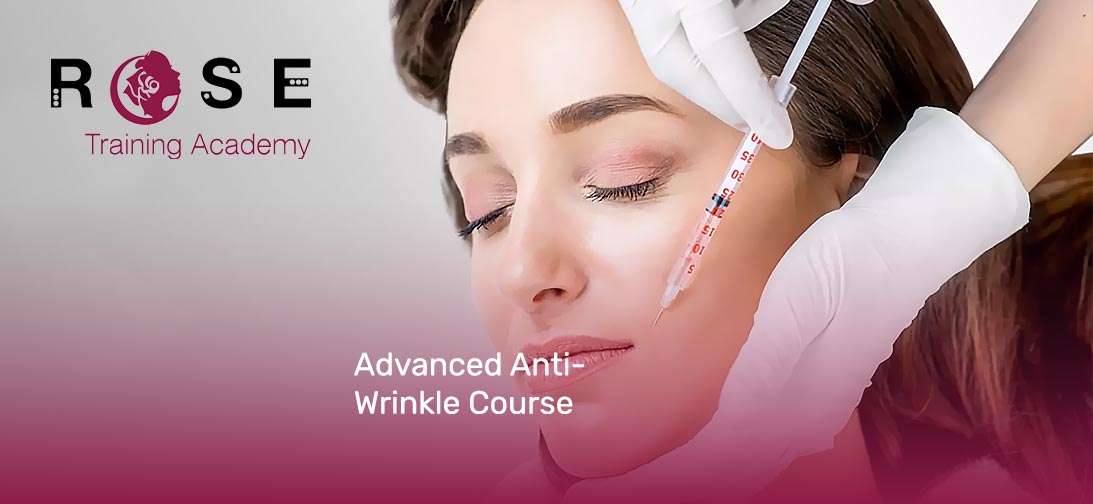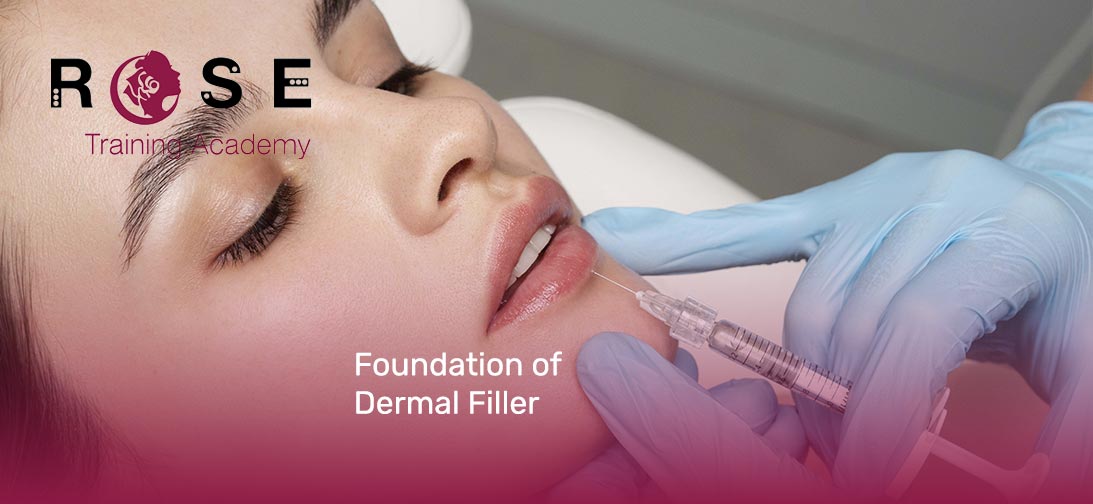Aqualyx® Fat Dissolving Treatment
There's no single rule that applies to everyone, but to lose weight at a safe and sustainable rate of 0.5 to 1kg a week, most people are advised to reduce their energy intake by 600 calories a day.
For most men, this will mean consuming no more than 1,900 calories a day, and for most women, no more than 1,400 calories a day.
The best way to achieve this is to swap unhealthy and high-energy food choices – such as fast food, processed food and sugary drinks (including alcohol) – for healthier choices.
A healthy diet should consist of:
- plenty of fruit and vegetables
- meals based on potatoes, bread, rice, pasta and other starchy foods (ideally you should choose high fibre and wholegrain varieties)
- some milk and dairy foods or dairy alternatives
- some meat, fish, eggs, beans and other non-dairy sources of protein
- just small amounts of food and drinks that are high in fat and sugar
Try to avoid foods containing high levels of salt because they can raise your blood pressure, which can be dangerous for people who are already living with obesity. Read some tips for a lower-salt diet.
You'll also need to check calorie information for each type of food and drink you consume to make sure you don't go over your daily limit.
Some restaurants, cafés and fast food outlets provide calorie information per portion, although providing this information isn't compulsory. Be careful when eating out because some foods can quickly take you over the limit, such as burgers, fried chicken, and some curries or Chinese dishes.
Read more about calorie counting.
Diet programmes and fad diets
Avoid fad diets that recommend unsafe practices, such as fasting (going without food for long periods of time) or cutting out entire food groups. These types of diets do not work, can make you feel ill, and are not sustainable because they do not teach you long-term healthy eating habits.
This is not to say that all commercial diet programmes are unsafe. Many are based on sound medical and scientific principles and can work well for some people.
A responsible diet programme should:
- educate you about issues such as portion size, making behavioural changes and healthy eating
- not be overly restrictive in terms of the type of foods you can eat
- be based on achieving gradual, sustainable weight loss rather than short-term rapid weight loss, which is unlikely to last
Very low calorie diets
A very low calorie diet (VLCD) is where you consume less than 800 calories a day.
These diets can lead to rapid weight loss, but they are not a suitable or safe method for everyone, and they are not routinely recommended for managing obesity.
VLCDs are usually only recommended if you have an obesity-related complication that would benefit from rapid weight loss.
VLCDs should not usually be followed for longer than 12 weeks at a time, and they should only be used under the supervision of a suitably qualified healthcare professional.
Speak to your GP first if you're considering this type of diet.
What is Aqualyx®?
Aqualyx® is an injectable treatment meant to target and melt away stubborn pockets of fat on the body. It’s less invasive than liposuction and doesn’t require any anaesthesia.
Aqualyx® is a safe, effective fat dissolving injection treatment that reduces fat cells in the treated area. … Aqualyx® can be used to treat small, exercise resistant, pockets of fat around the chin, chest, abdomen, thighs, knees and ankles. It is very effective for body contouring, but is not a treatment for weight loss.
How does it work?
The body has its own system in place for burning excess body weight. Acidic bile is naturally produced by the liver to aid in the process of breaking down fat. Aqualyx® uses a synthetic form of this acid that’s derived from plant-based ingredients, so it’s safe to use in the body. It’s delivered to the fatty areas through a needle injection. The acid works to eliminate fat by breaking down the structure of the fat cells. Once broken down, fat cells are dissolved, or liquefied. Once it escapes the cell, the fatty liquid. can then be easily burned as the body metabolizes it.

Will I need more than one treatment?
The number of treatments you need depends on how much fat is in the area you want to target and how your body reacts to Aqualyx®. Some people see dramatic improvements with one or two treatments. You can get treated once or up to eight times, depending on the area you want to target. Smaller areas require less treatments (usually 1-3), but larger areas or more stubborn fat will probably require more–possibly up to 8.
How long do results last?
If you keep a healthy lifestyle, the fat treated by Aqualyx® is very unlikely to return. When fat cells have been treated by the Aqualyx® injection, they are permanently gone–as long as you don’t gain weight. One way to ensure long-lasting results is to continue to exercise and maintain a healthy diet. Consider this another good incentive to maintain a healthy lifestyle!
.jpg)

